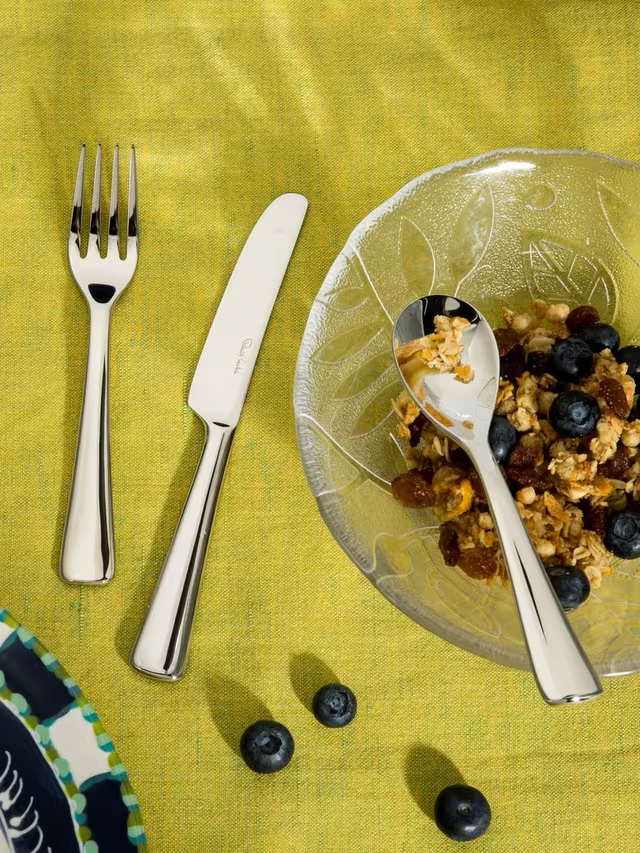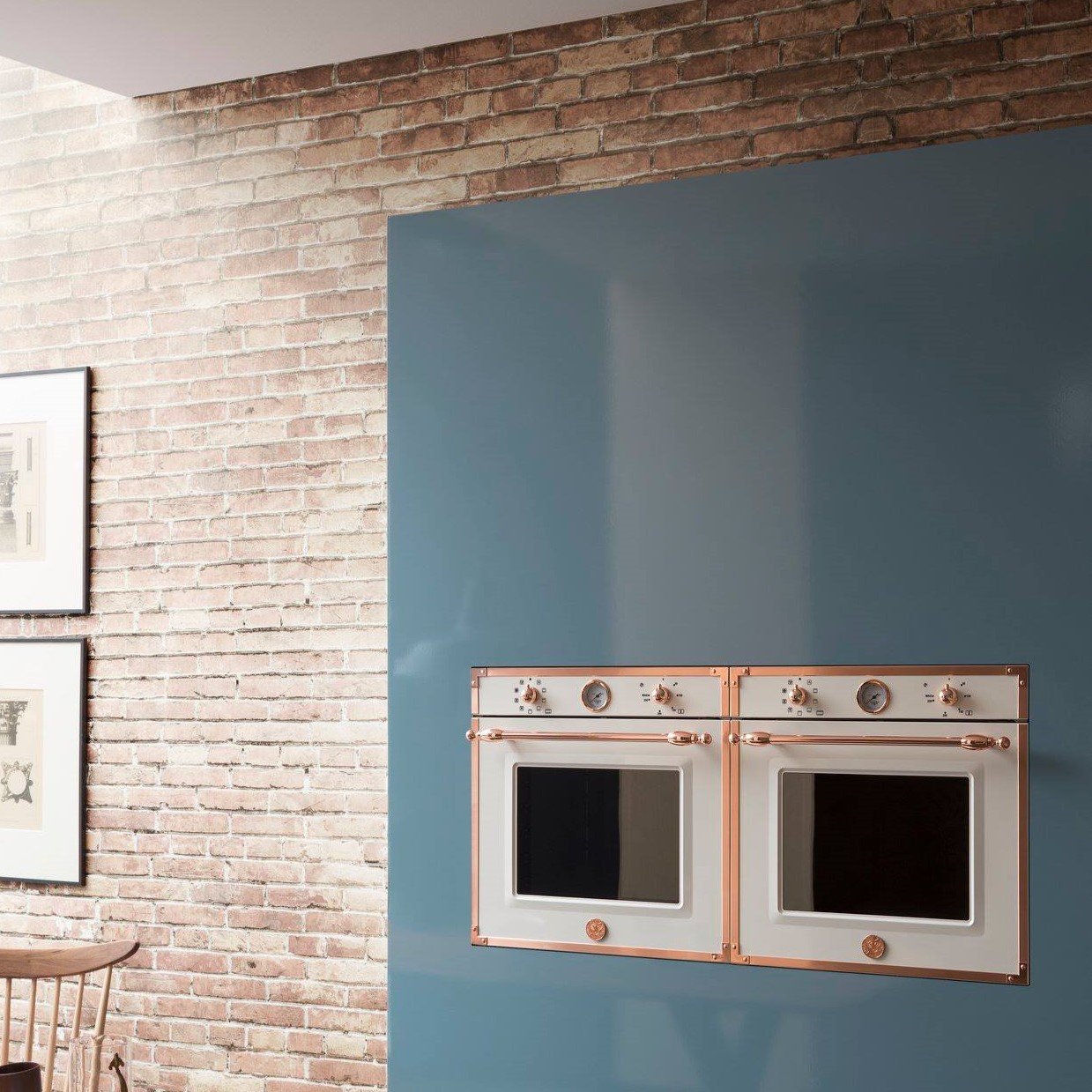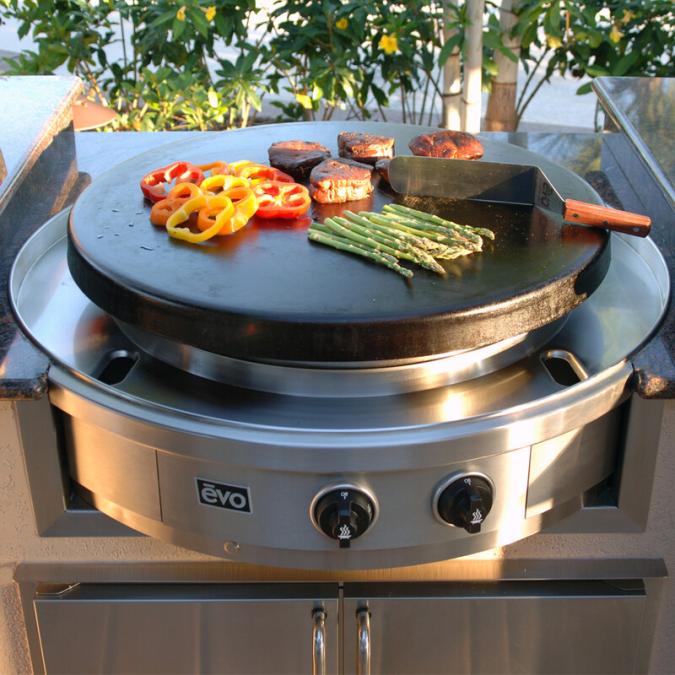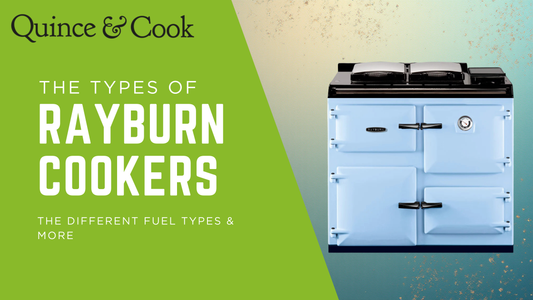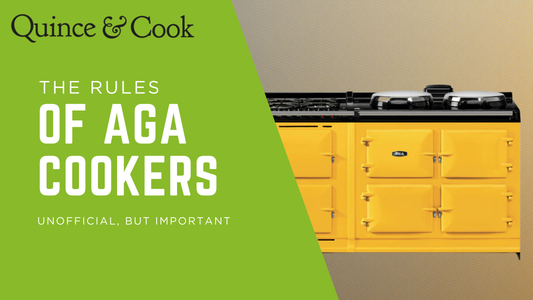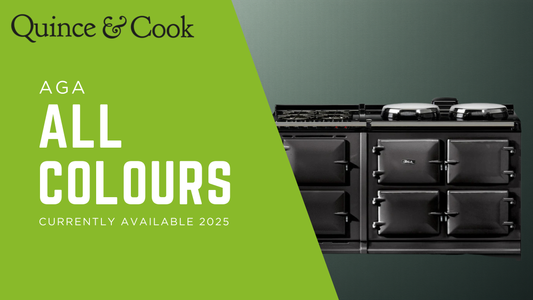Few cookers inspire such loyalty as the AGA range cooker. Its steady warmth and reliability encourage habits that stand the test of time. The following rules represent the knowledge of decades of cooks who discovered what works best. Each principle has a clear reason, and each can be adapted with care.
The 7-Minute Rule
Why the Rule Exists
The 7-Minute Rule recognises that an AGA cooks differently than a standard oven. Its cast-iron body stores heat and releases it evenly, cooking food from all sides. For every thirty minutes a recipe suggests, some cooks reduce the time by about seven minutes to preserve moisture and prevent over-browning.
However, the traditional interpretation of the 7-Minute Rule in AGA kitchens is about method, not just timing: if a cooking task takes longer than seven minutes, it should move from the hotplate to one of the ovens. This makes better use of the AGA’s radiant oven heat and prevents scorching or heat loss from extended stovetop use.
Why It Matters
Ignoring the rule can lead to dry cakes, tough meat, or burned sauces. The AGA’s radiant heat is more efficient than fan ovens or direct hobs, so recipes may finish faster and transferring longer tasks to the oven maintains energy efficiency and protects food texture. Once you observe how quickly food colours and sets, adjusting becomes instinctive.
When to Break the Rule
Some recipes benefit from extra time or extended hotplate use. For example, roasted vegetables develop deeper flavour with longer cooking, and sauces may need more active stirring on the hob. Breaking the rule is fine when done deliberately and with attention. It’s all about cooking with intention, not habit.
The 80/20 Rule
Why the Rule Exists
The AGA radiates gentle warmth all day. The 80/20 Rule suggests that roughly eighty percent of that energy should serve a purpose, while twenty percent may simply heat the room. Using the residual warmth for drying laundry, warming plates, or proving dough ensures that very little energy is wasted.
Why It Matters
If the AGA stands unused between meals, it appears inefficient. Regular, thoughtful use turns it into part of the household system. A busy kitchen that takes advantage of the stored heat will always get more value from the same energy.
When to Break the Rule
During the height of summer, you may prefer to use the AGA only for cooking and allow the extra heat to escape. Reducing its non-cooking duties keeps the kitchen comfortable while still respecting the spirit of the rule.
The Door Rule
Why the Rule Exists
The oven doors seal in heat. Leaving them open allows stored energy to escape and lowers the temperature, which slows cooking and can affect results. Closing the doors promptly maintains the stable environment that the AGA depends on.
Why It Matters
An open door cools the cast iron and forces the cooker to reheat, wasting fuel and time. Consistent heat is the hallmark of AGA cooking, and this habit preserves that consistency.
When to Break the Rule
At times you may choose to leave a door slightly open to lower the temperature gently. Drying tomatoes or finishing meringues are examples where a cooler oven is useful. This deliberate adjustment is part of skilled AGA use.
The Lid Rule
Why the Rule Exists
The lids over the hotplates conserve heat. Closing them immediately after use allows the plates to recover quickly and helps the entire cooker remain stable.
Why It Matters
When lids are left open, heat escapes and the plates lose their responsiveness. This increases fuel use and disrupts the balance between hot and cooler areas. Simple habits like lowering the lids make a noticeable difference in performance.
When to Break the Rule
Leaving a lid open can be useful when you want gentle warmth in the kitchen or need to dry herbs or small items above the plate. These are controlled exceptions where the loss of heat serves a purpose.
The Zone Rule
Why the Rule Exists
Every area of the AGA has a different role. The boiling plate delivers fierce heat, the simmering plate provides gentler warmth, and the three main ovens range from hot to slow. Understanding each zone allows you to move food for natural temperature control instead of relying on dials.
Why It Matters
Each zone works at a specific temperature. Ignoring that structure leads to inconsistent results such as burnt bases or undercooked centres. Using the correct zone makes cooking predictable and efficient.
When to Break the Rule
Some dishes benefit from unexpected placement. A loaf baked in the roasting oven gains a thicker, darker crust, while vegetables in the baking oven develop a milder, sweeter flavour. Intentional variation adds character once you understand the basics.
The Timing Rule
Why the Rule Exists
The AGA rewards observation over precision. The Timing Rule encourages cooks to watch, listen, and smell rather than rely on fixed minutes. Each cooker holds heat differently, so sensory awareness ensures more accurate results than a clock alone.
Why It Matters
Relying too strictly on a timer can cause frustration because each AGA performs slightly differently. Learning to read visual and aromatic cues produces consistent cooking even across different models.
When to Break the Rule
During large or complex meals, a timer can be practical. It helps manage multiple dishes at once. Using one for organisation is fine, as long as your attention remains on how the food behaves rather than on numbers alone.
The Always-On Rule
Why the Rule Exists
Traditional AGAs are designed to remain warm. The cast iron holds heat efficiently when kept at a steady level. Cooling and reheating from scratch uses more energy and puts strain on internal parts.
Why It Matters
Keeping the AGA consistently warm ensures quick response, stable temperatures, and long-term reliability. Turning it off regularly leads to uneven heating and longer recovery times.
When to Break the Rule
If you plan to leave home for several days or face unusually hot weather, turning the AGA off or using an economy mode makes sense. Electric models often include low-energy settings that maintain residual warmth while conserving power.
Living by the Rules
The unofficial AGA rules grew from years of shared experience. They make the cooker efficient, predictable, and enjoyable to live with. Each rule helps protect the steady rhythm of radiant heat that defines AGA cooking. Once these habits become familiar, the AGA fits naturally into everyday life. Knowing when and how to bend the rules adds flexibility and confidence. Mastery lies in that balance.





